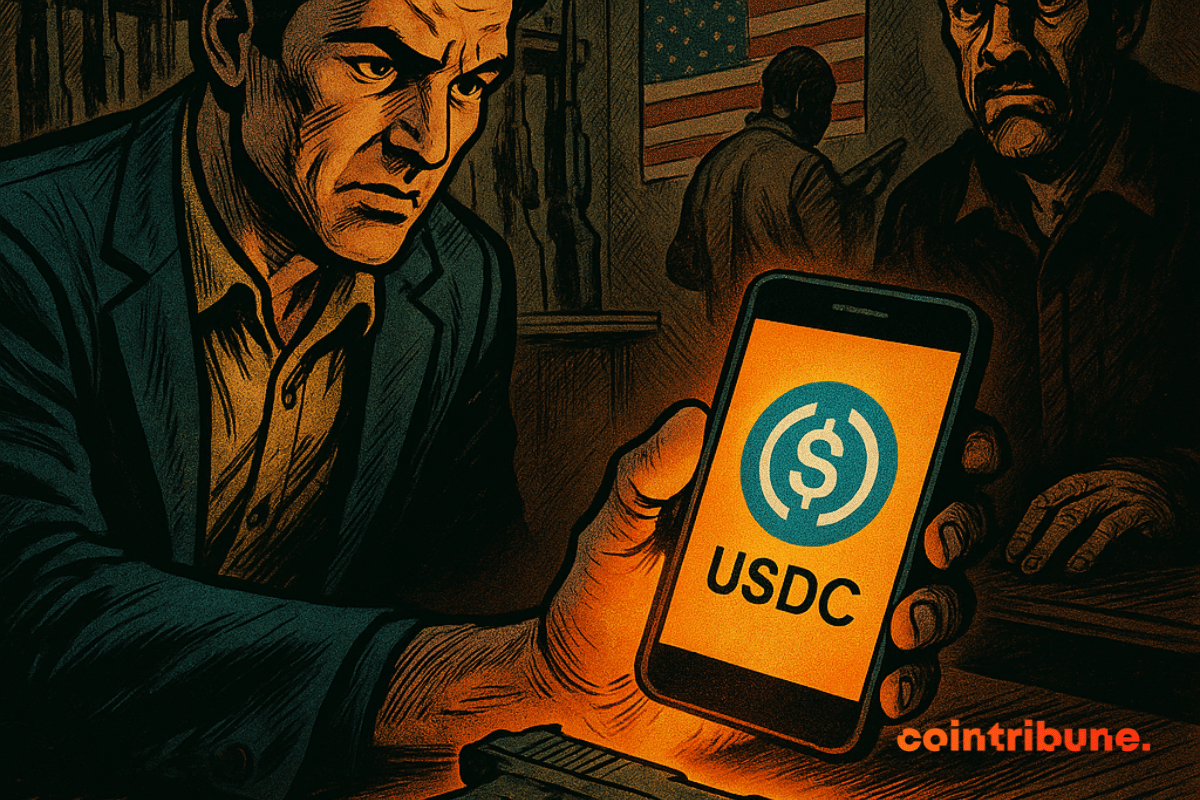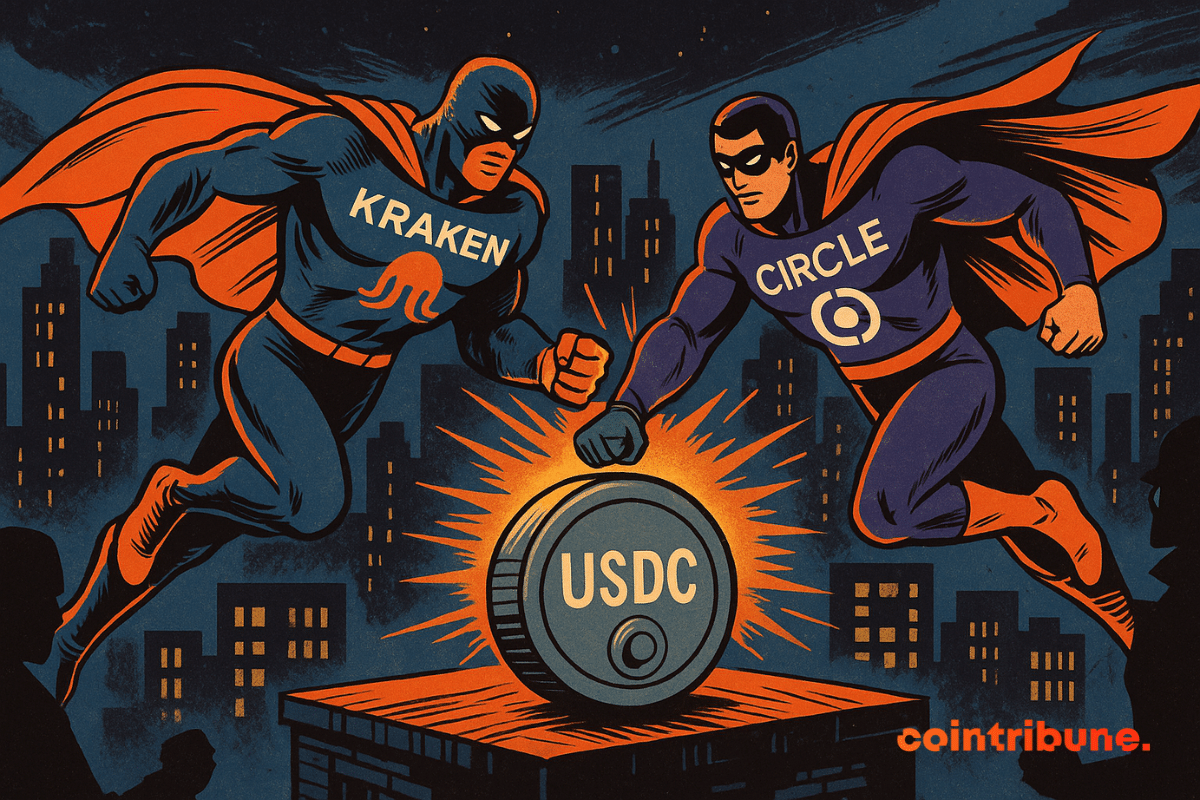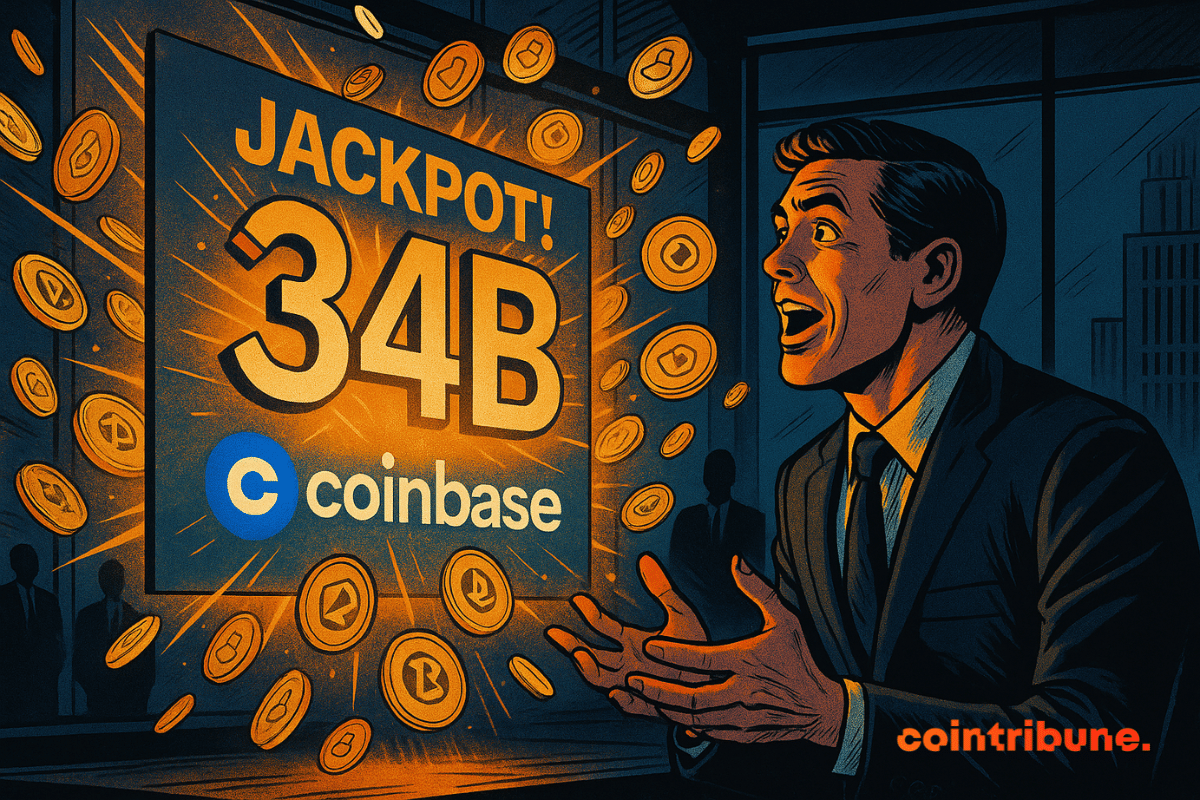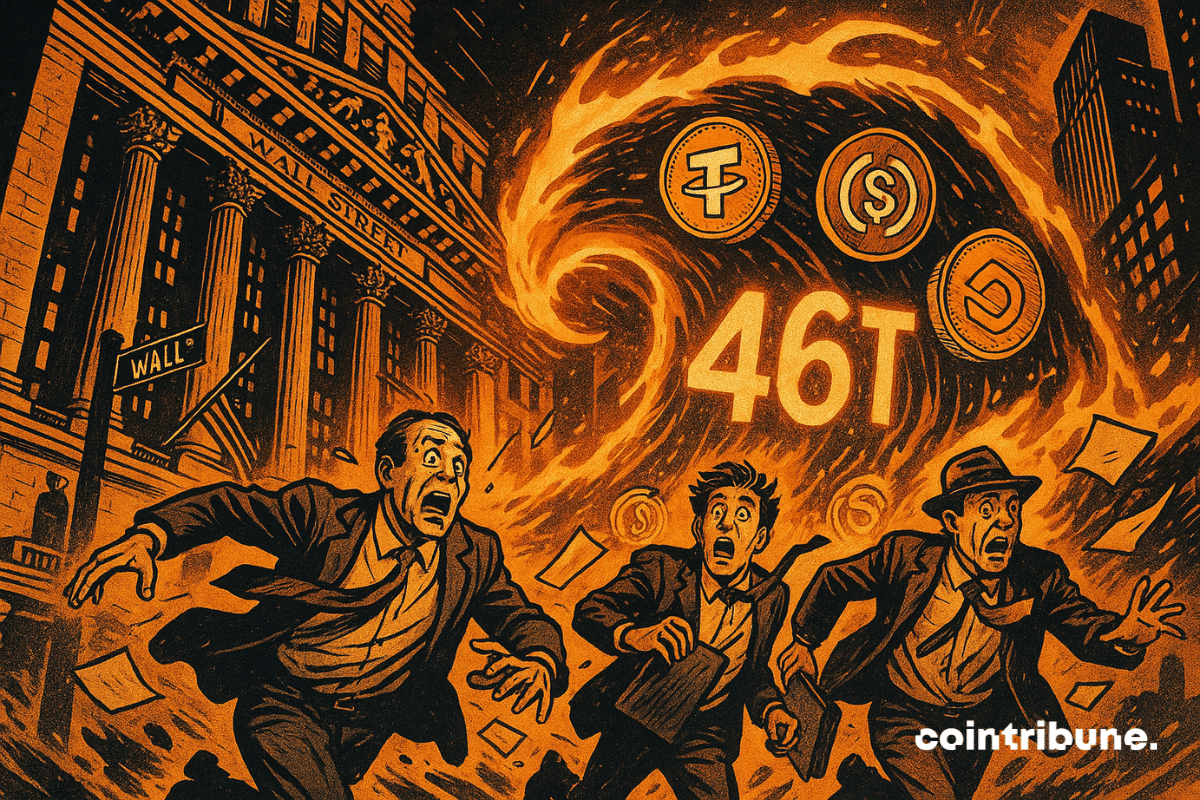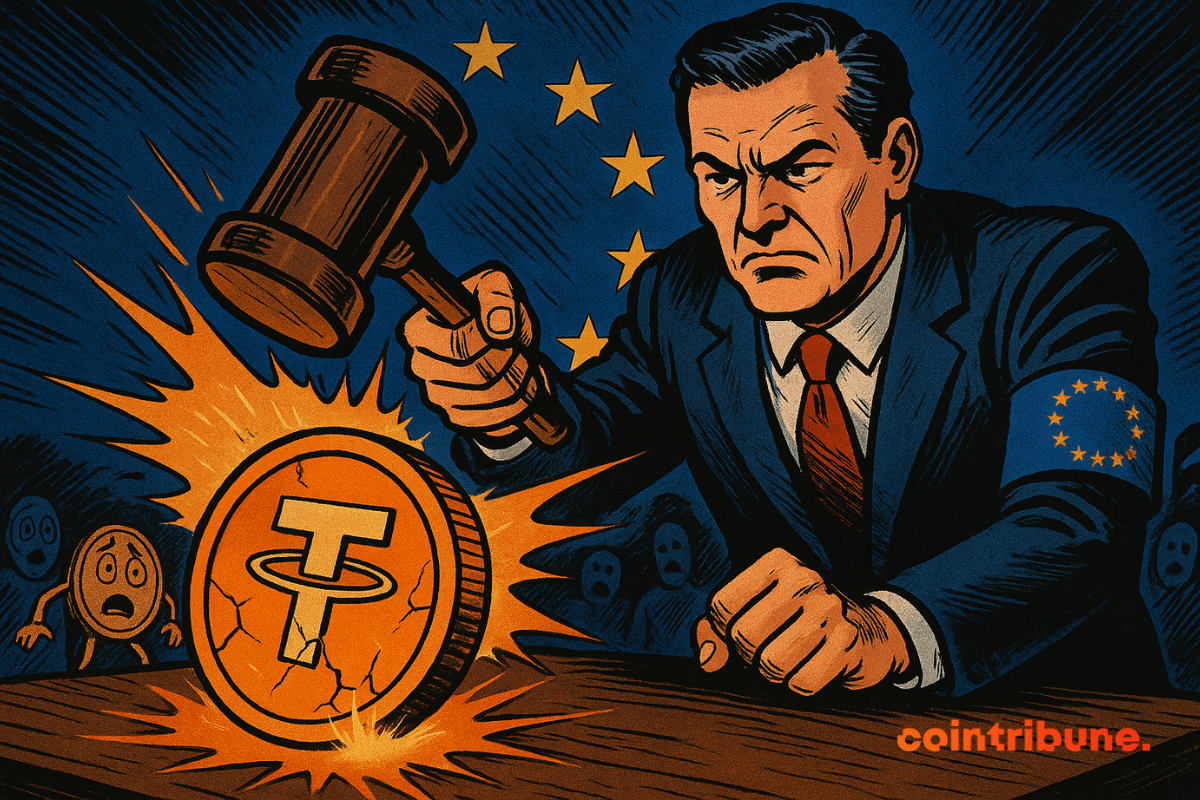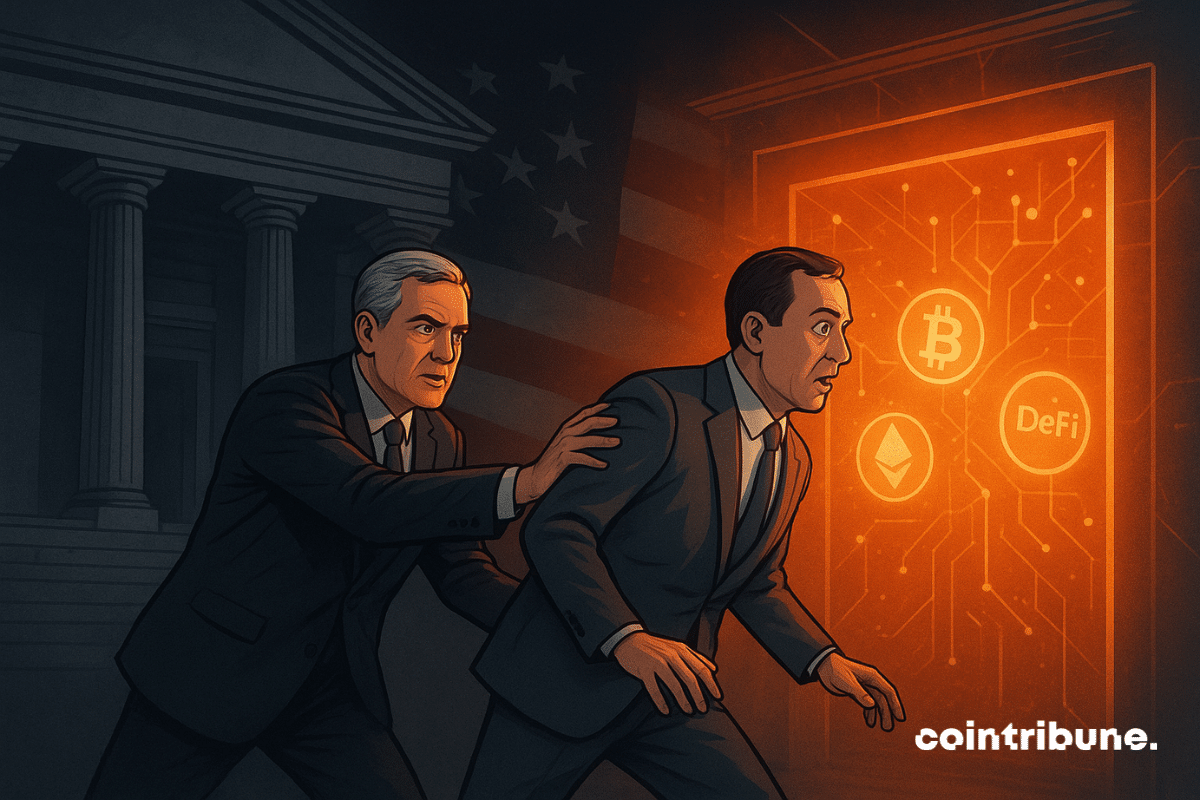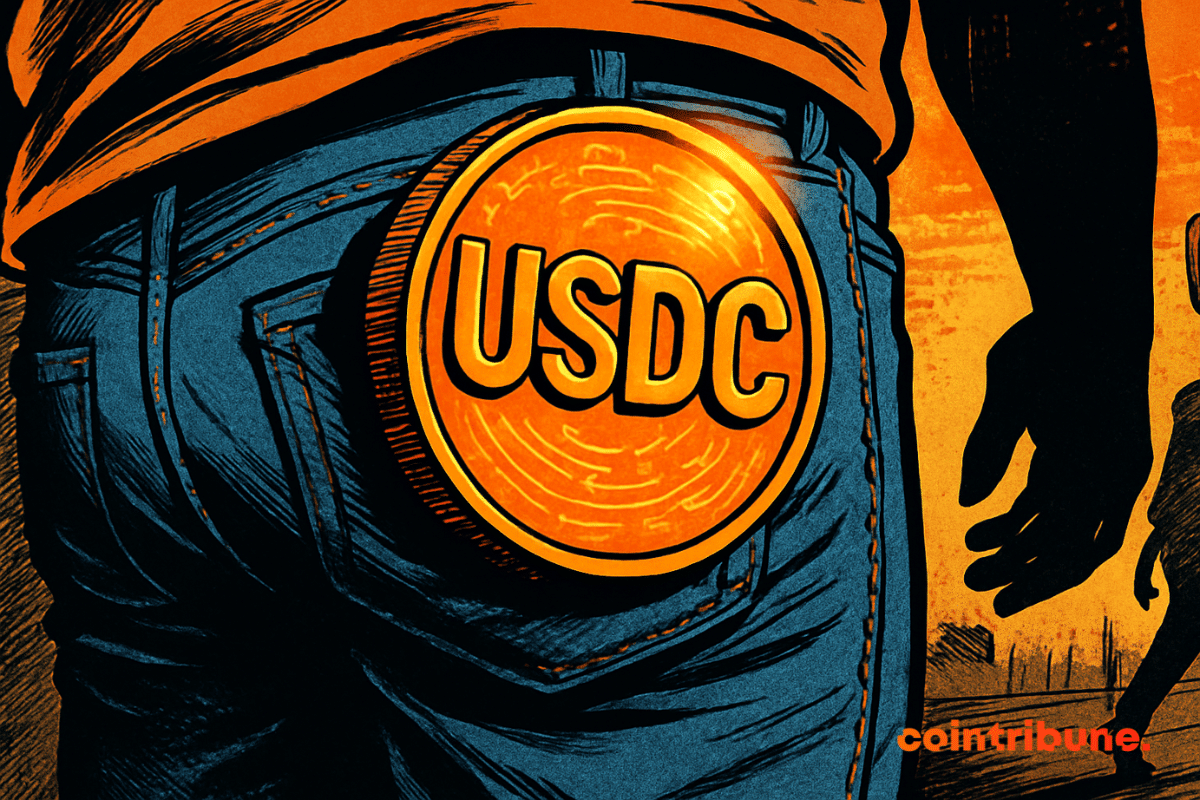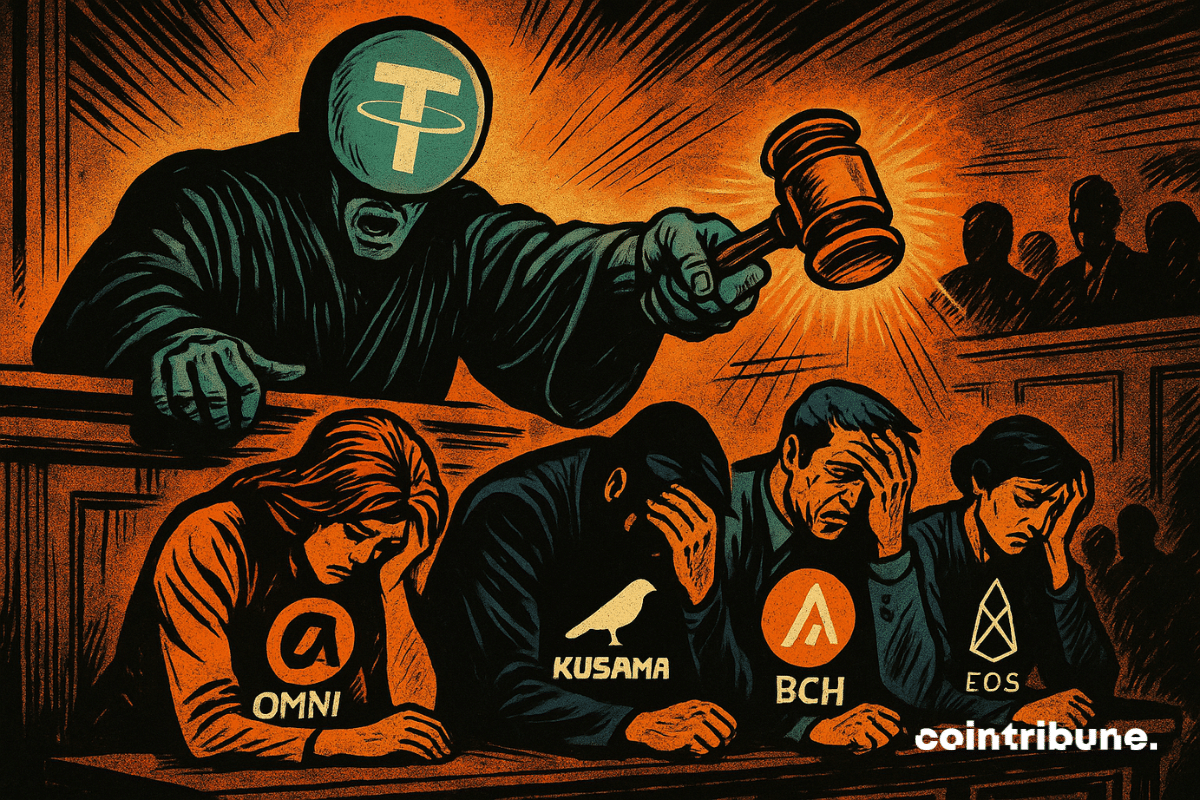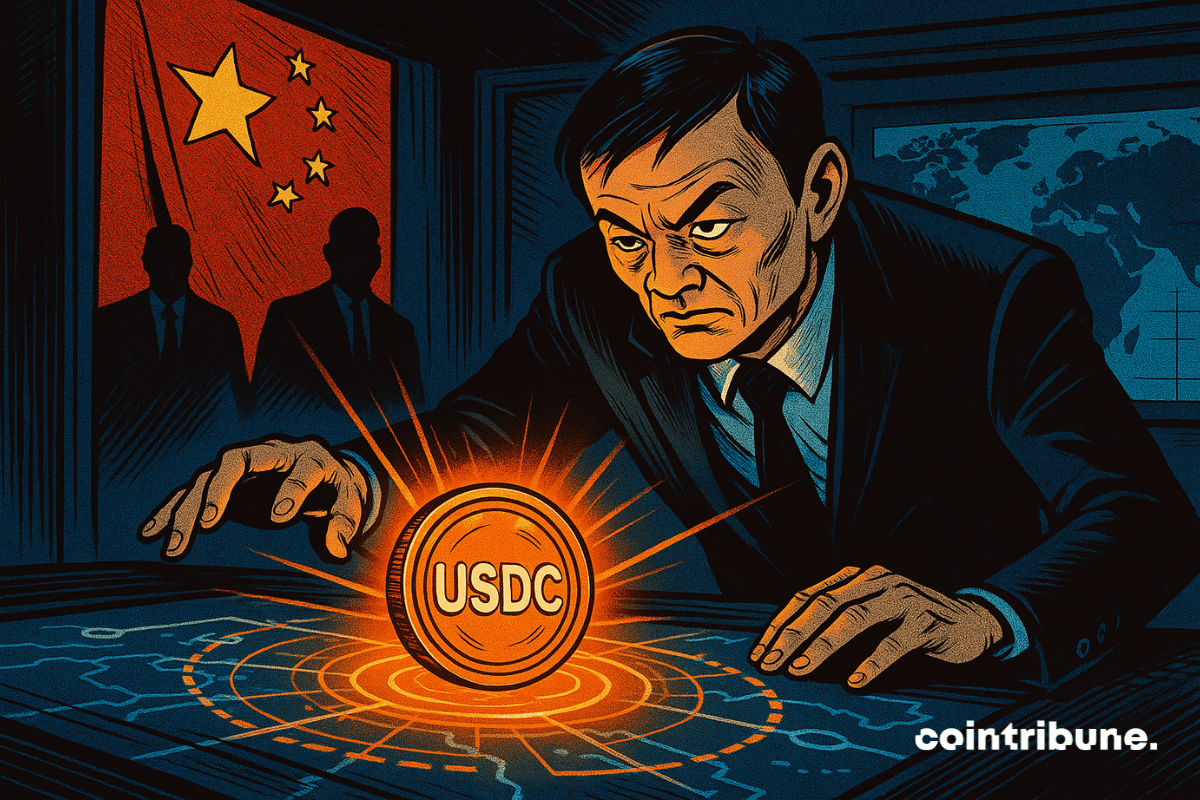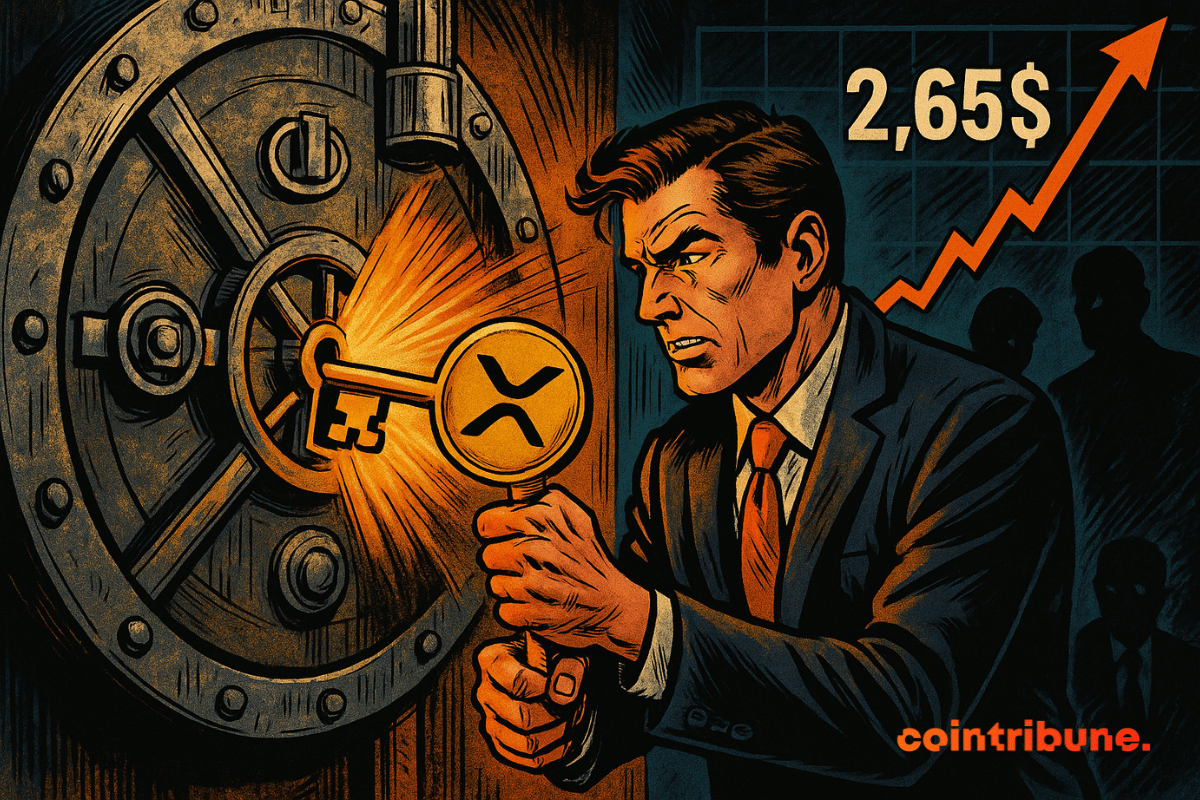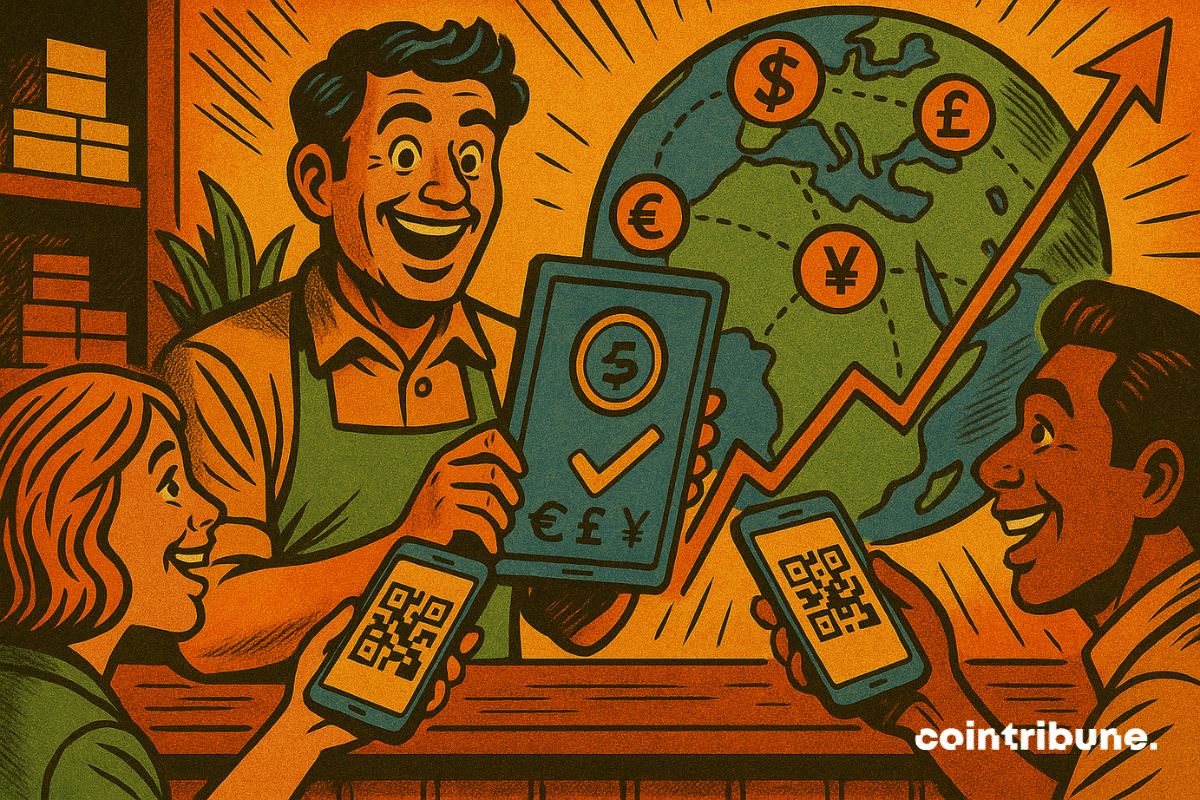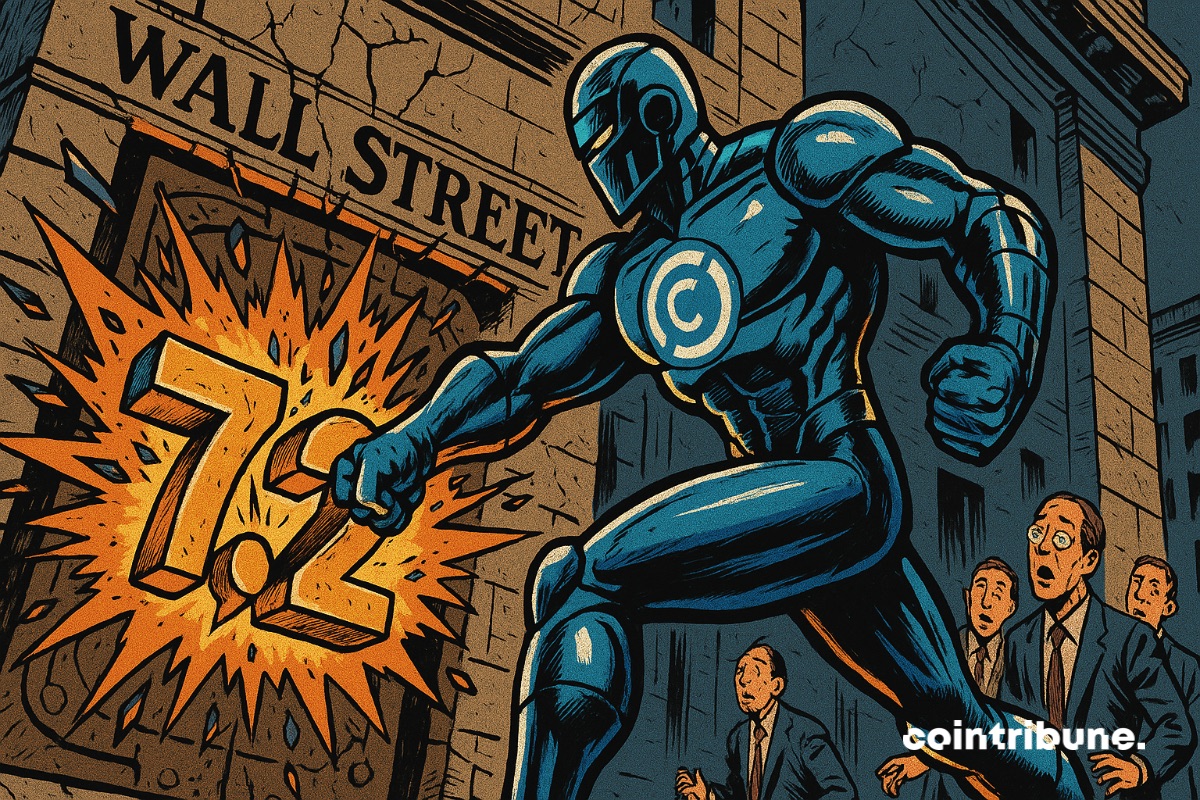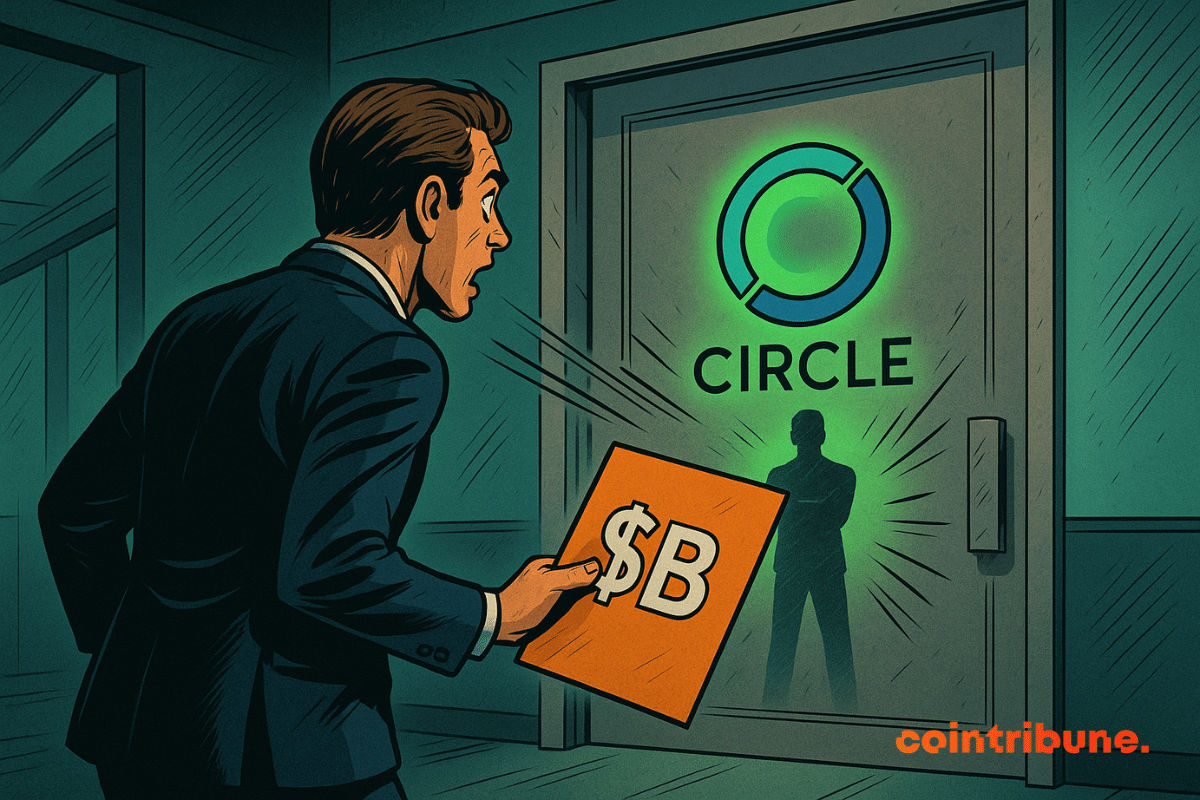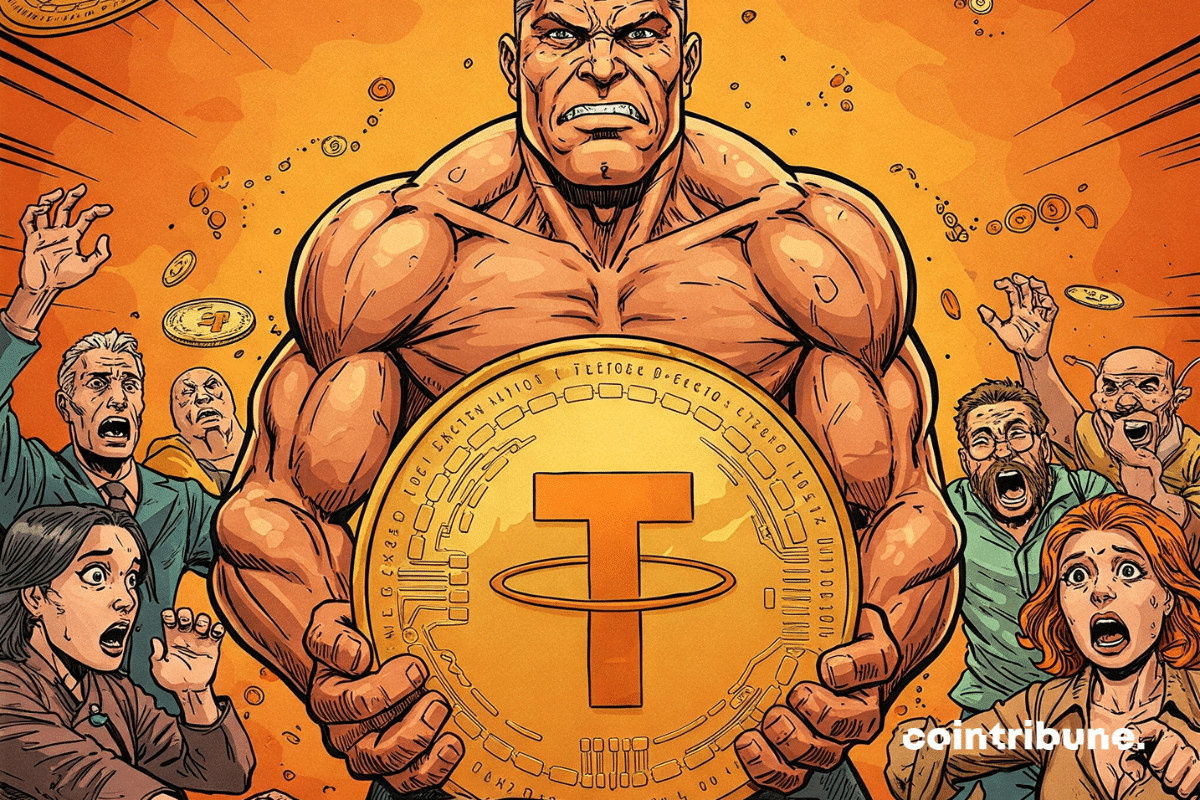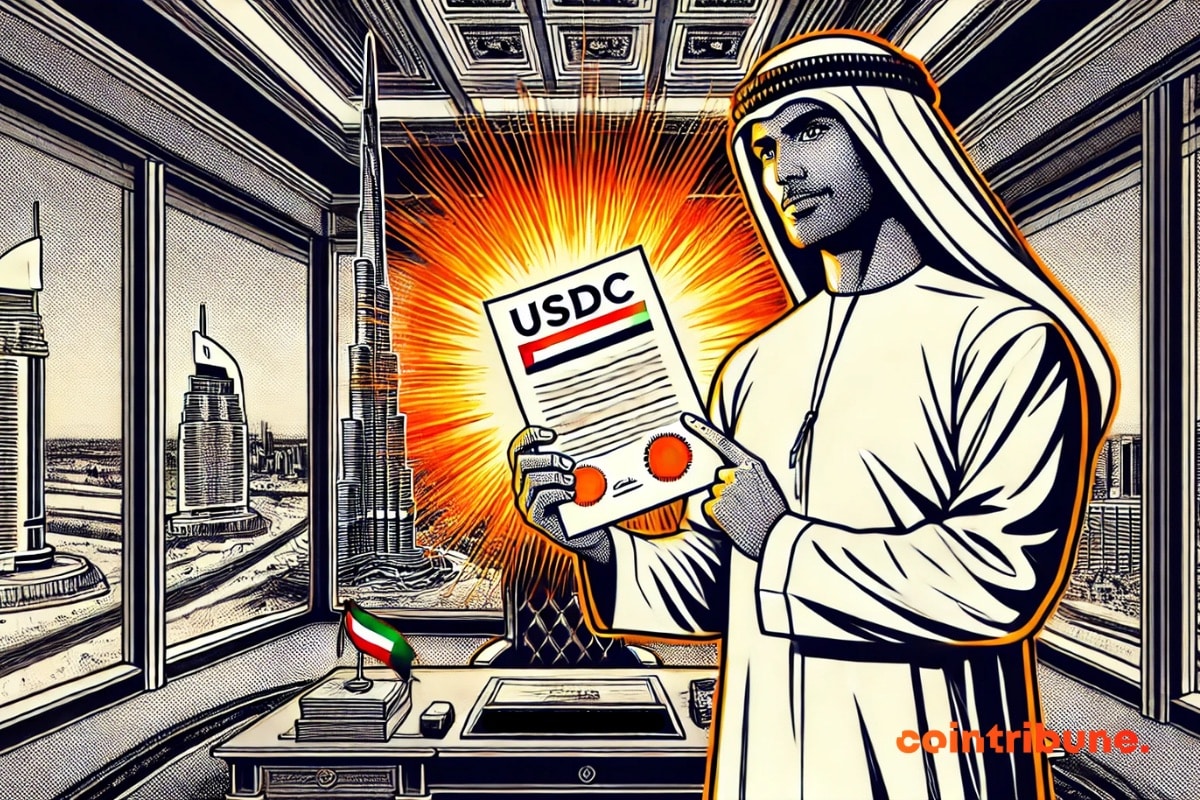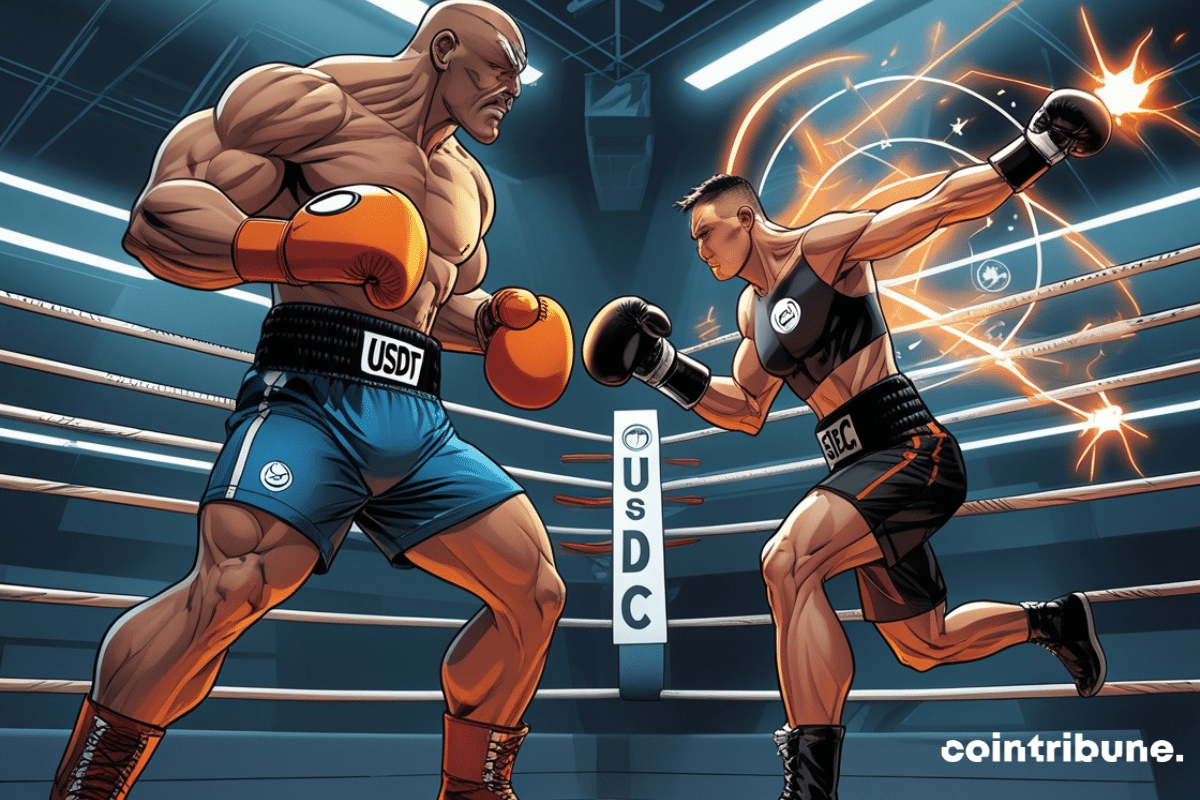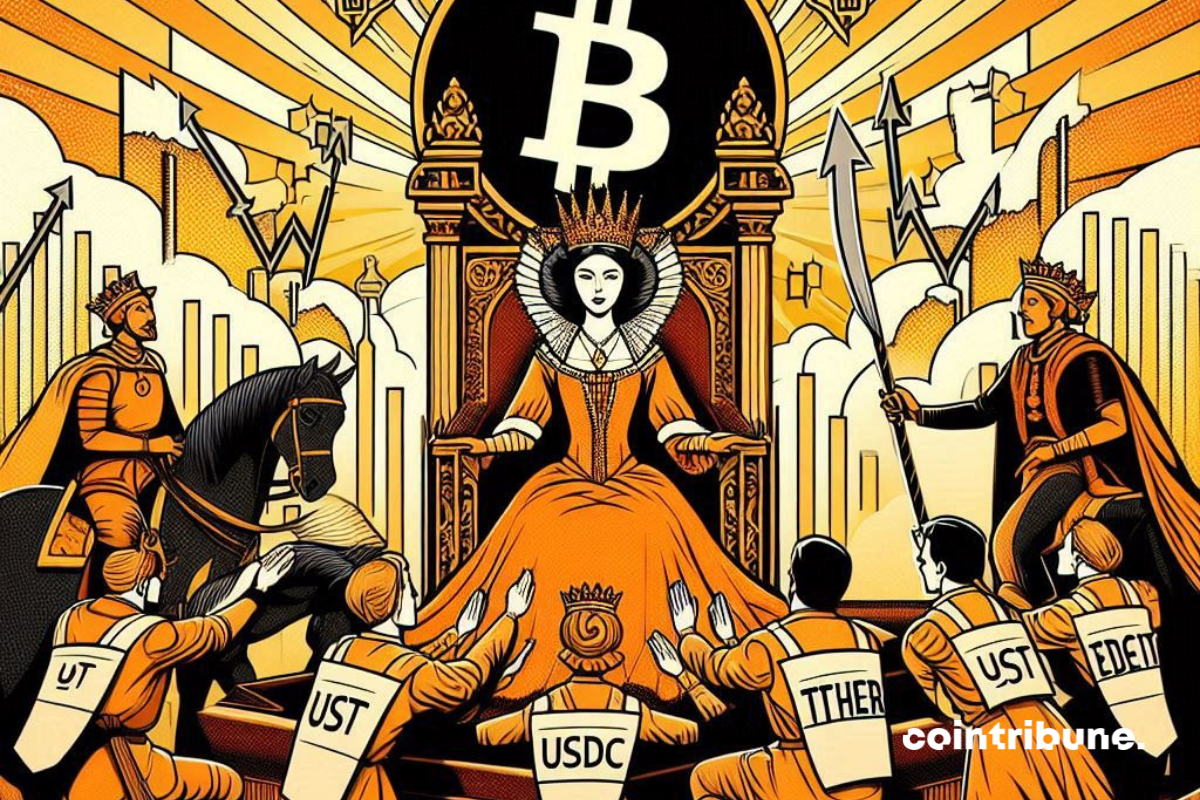The boundary between crypto and politics is becoming clearer. By now allowing the legal purchase of firearms with USDC, Circle brings the issue of financial neutrality to the forefront. This decision, praised by some and contested by others, reveals tensions between the promise of decentralization and institutional realities, while reigniting the debate on what crypto can or cannot allow within a legal framework.
Circle
The cryptocurrency ecosystem has just experienced a major turning point with the announcement of a strategic partnership between Kraken, one of the most respected exchange platforms in the world, and Circle, the undisputed leader in stablecoins. This alliance, formalized in September 2024, promises to transform the user experience for the USDC (USD Coin) and EURC (Euro Coin) stablecoins on the Kraken ecosystem.
Circle opens access to its Arc testnet, enabling developers and enterprises to explore new applications in digital finance.
Coinbase, the well-groomed crypto exchange, is cooking up a Base token. JPMorgan sees billions there. Should we worry when banks applaud tokens they do not control?
Wall Street trembles, BlackRock applauds, and the dollar digitalizes without asking the Treasury's opinion… Stablecoins are taking hold, while crypto weaves its planetary monetary web.
Cloudflare has partnered with Visa, Mastercard, and American Express to help shape the future of digital payments through a secure foundation for “agentic commerce.” The collaboration aims to develop authentication systems that enable trusted software agents to make purchases and payments autonomously—while protecting merchants from fraudulent bots.
When Christine Lagarde brings down the regulatory hammer, even the crypto giants tremble. The digital euro advances masked but clearly targets stablecoins too comfortable in Europe...
Bloomberg sources report that Tether Holdings SA is in private discussions to raise roughly $20 billion—a move that could push the USDT stablecoin issuer’s valuation to about $500 billion. If finalized, the deal would position Tether among the world’s most highly valued private companies.
While some still dream of Bitcoin at $200,000, Mastercard slips the USDC under the rug and pays the bill in stablecoin... Quietly, but surely.
Federal Reserve Governor Christopher Waller has urged key personalities within the U.S. financial space to approach DeFi and stablecoins without fear. Waller believes that the crypto sector is here to stay and will continue to drive advancement in the U.S. payments system.
In 2024, salaries paid in crypto have tripled, marking a decisive turning point in the digital work landscape. Nearly 10% of professionals in the sector are now paid in stablecoins, notably USDC. This is a sign that crypto is establishing itself as a reliable, structured payment method, increasingly recognized by institutions.
Digital assets are creeping into the corridors of mainstream finance, and this time, stablecoin issuer Circle is joining forces with a Florida-based fintech firm to bring USDC to more retail customers and businesses. This partnership aims to offer U.S. citizens a trusted digital dollar option for both local and cross-border transactions.
Tether is taking down its posters of abandoned blockchains to better align with crypto stars: while some lament Omni, others are already celebrating on Ethereum and Tron.
Jack Ma's financial empire is regaining momentum. Ant International, the international branch of the Chinese giant Ant Group, formerly a subsidiary of Alibaba, is preparing to integrate Circle's USDC into its blockchain. A strategic move that could reshape the landscape of the global digital payment ecosystem.
Ripple wants to become a banker, XRP attempts a spectacular comeback, and Wall Street applauds. The once rebellious crypto is settling into the plush chairs of regulators. How far will it go?
The line between traditional commerce and decentralized finance is becoming thinner. Shopify, the e-commerce giant, is breaking through the wall of traditional payments by integrating USDC into its Shopify Payments system. This decision is not just a mere technological whim but a strategic shift towards the large-scale adoption of crypto.
Circle's IPO made history on Wall Street with the largest two-day gain since 1980. However, behind this spectacular performance lies a troubling paradox: the issuer of USDC literally forfeited 3 billion dollars to institutional investors. How can this colossal financial sacrifice be explained?
Circle makes a brilliant debut on Wall Street with a raise of $1.1 billion, well beyond expectations. A strong signal as the United States sharpens its legal framework on stablecoins and repositions crypto in their monetary arsenal.
Circle makes a splash on the stock market! The issuer of USDC aims for 7.2 billion dollars for its IPO. Massive support from BlackRock, oversized ambitions, regulated crypto model... this entry to Wall Street could redefine the rules of the game. So, revolution or absorption?
Ripple, which wanted to acquire Circle for 5 billion, got the door slammed in its face. Result: a duel of stablecoins where USDC does not intend to let itself be overshadowed.
Despite strong competition, Tether dominates the crypto stablecoin market with a 66% share and record profits. Details here!
As waves of economic uncertainty overwhelm the markets, the crypto universe holds its breath. Circle, the stablecoin giant, wavers between ambition and caution. Its IPO project, though firmly anchored, could sink into the murky waters of Trumpian policies. A decision that speaks volumes about the storms to come.
The USD Coin (USDC) stablecoin from Circle has just reached a record level with a market capitalization exceeding 60 billion dollars. This symbolic milestone is part of a broader trend of expansion in the stablecoin market, which now has a total capitalization exceeding 230 billion dollars.
In a major advancement for the adoption of stablecoins in the financial sector, the Dubai International Financial Centre (DIFC) has officially recognized USDC and EURC as the first regulated stablecoins within its legal framework. This recognition marks a key milestone for Circle as it establishes itself against its direct competitor, Tether's USDT.
Kraken removes USDT from its platform in Europe and is considering a USD stablecoin. Discover this upheaval in the crypto market!
Can Tether still sleep peacefully? USDC rises to $56.3 billion, wipes out its losses, and makes its way to the table of the big players. Stablecoins are reinventing cash... and the battle is fierce.
The stablecoin market has just crossed a historic threshold, reaching a total capitalization of over $200 billion. This growth is largely dominated by Tether's USDT, which accounts for $142.9 billion in circulating assets.
Mastercard is putting cryptocurrencies on the map! Pay for your baguette in Bitcoin without going through the "euro" step, something never seen before!
While Bitcoin lags behind, stablecoins could well wake it up. But beware, nothing is ever certain.
Crypto: New MiCA standards for regulatory clarity in Europe
